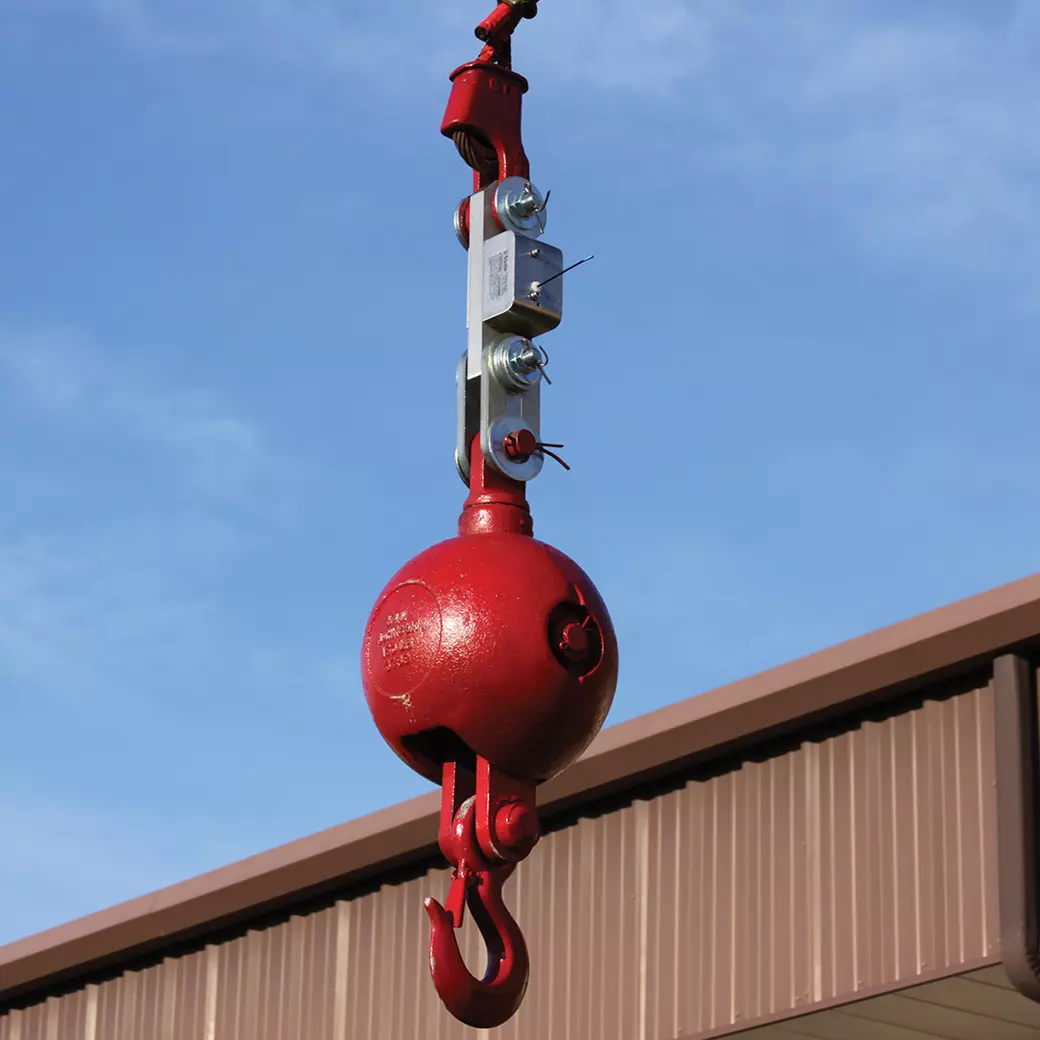

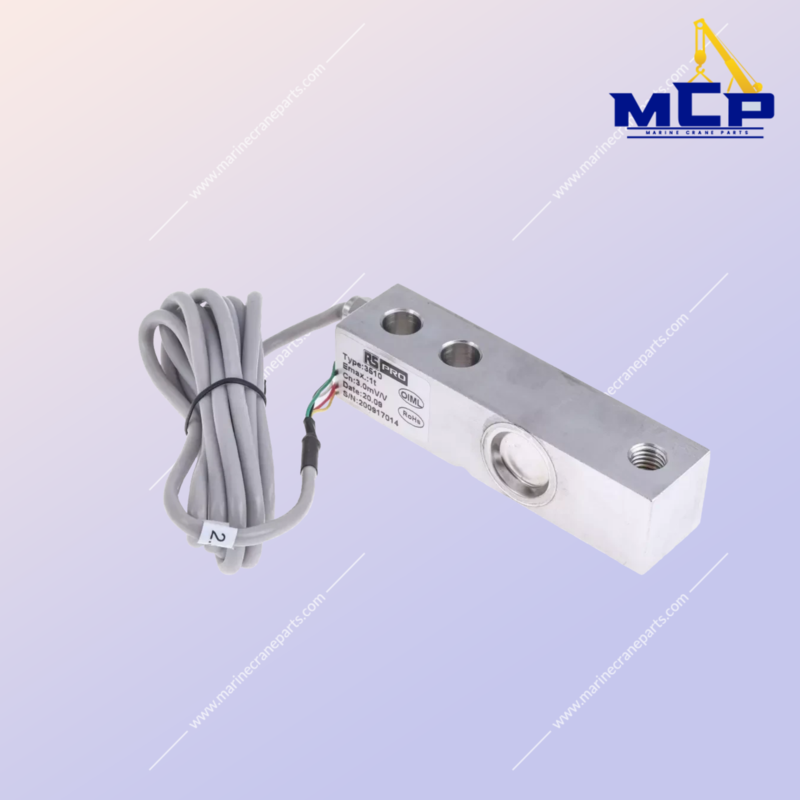
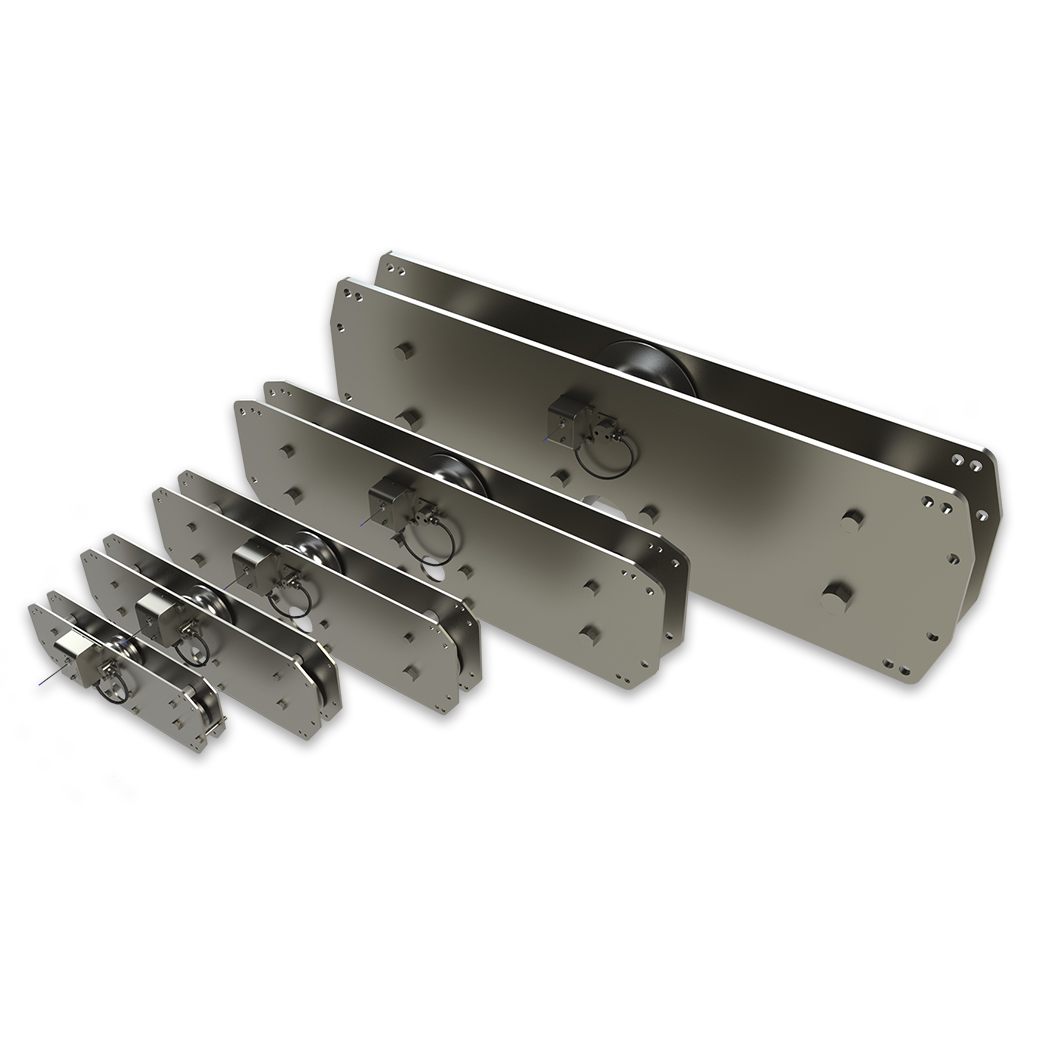
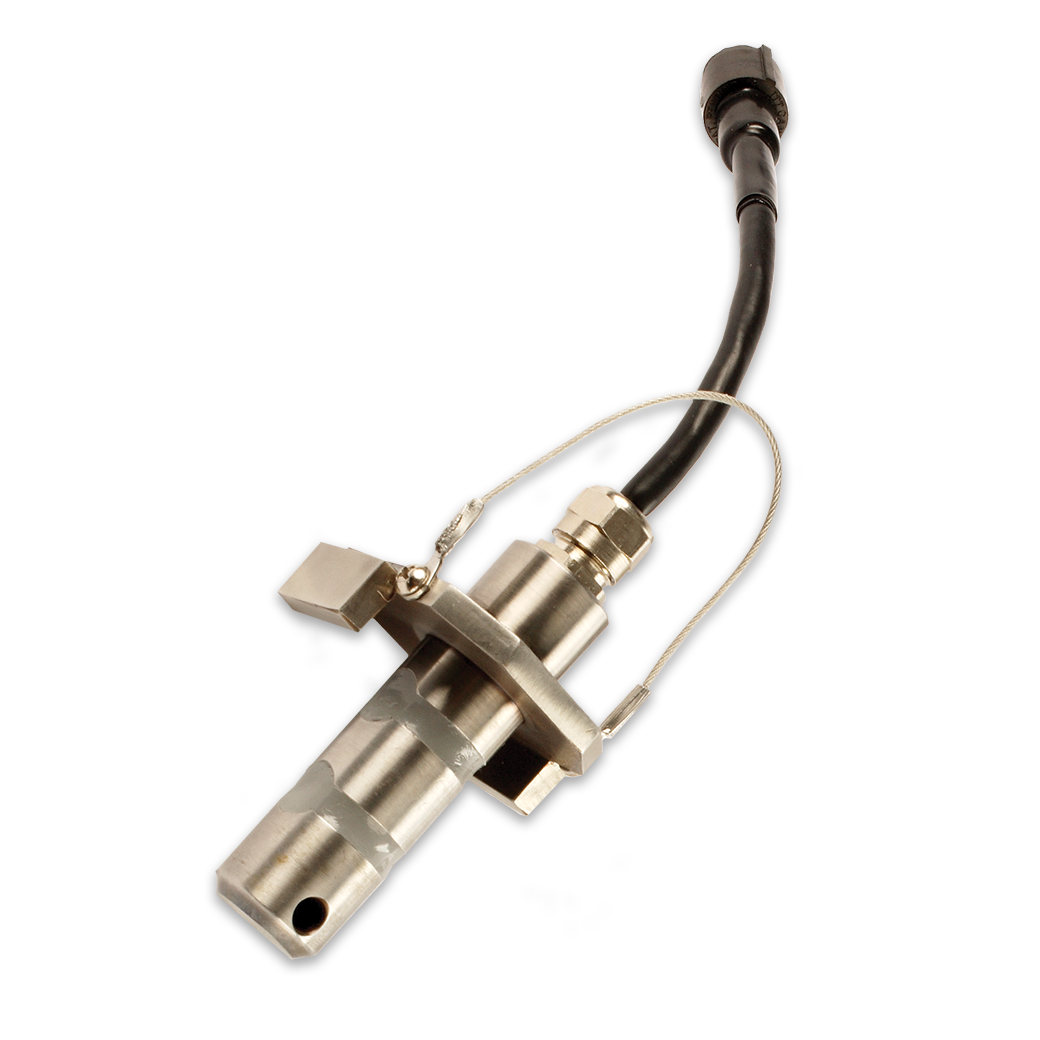
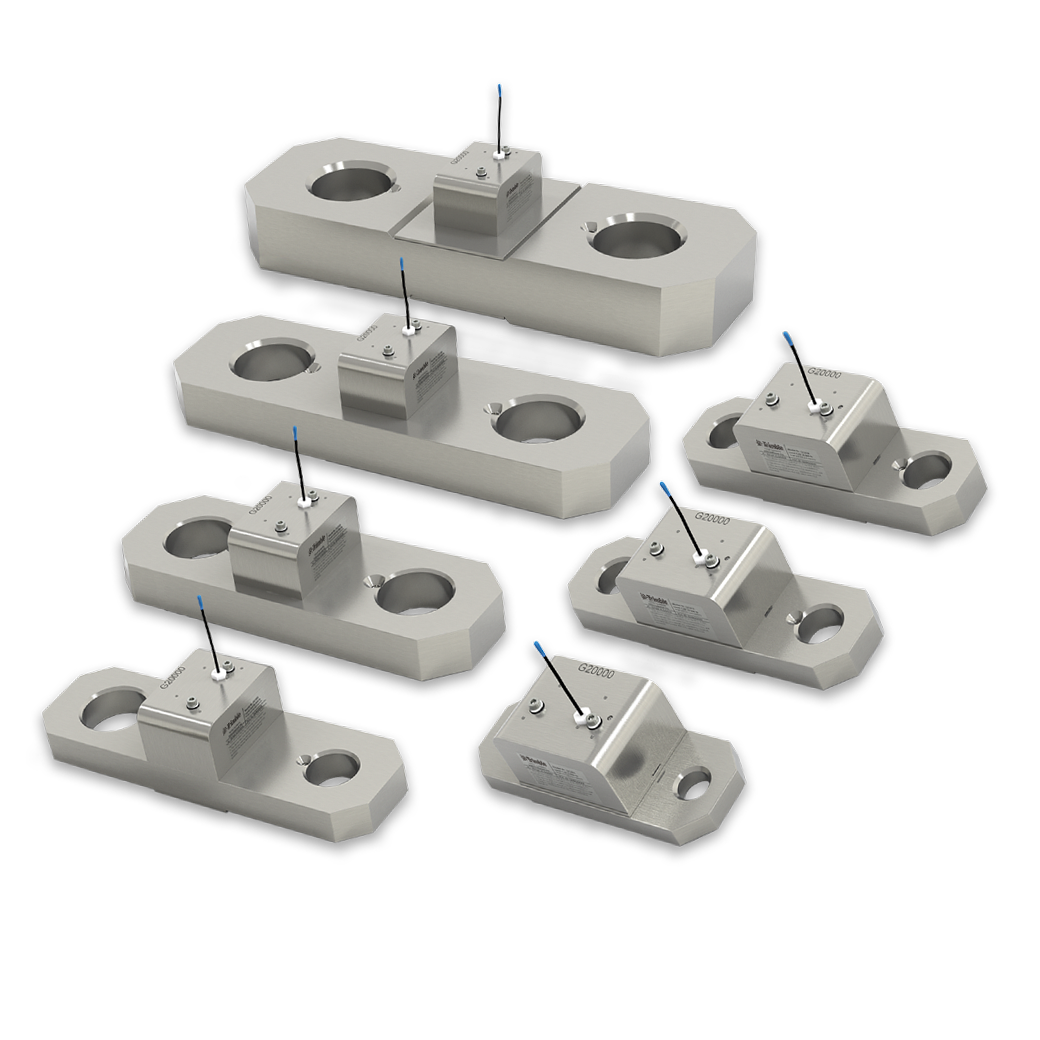
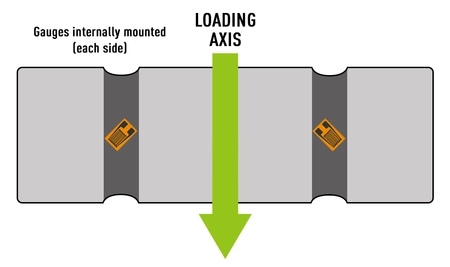








Load Cells
Load cells are critical components in marine cranes, providing a means to measure and monitor the load or weight being lifted. They play a crucial role in ensuring the safety, efficiency, and precision of crane operations in maritime environments. Here’s a brief description of load cells used in marine cranes:
- Purpose: Load cells in marine cranes are employed to accurately measure the weight of the lifted load. This information is essential for operators to avoid overloading, ensure compliance with safety regulations, and optimize the crane’s performance.
- Types of Load Cells: Different types of load cells are utilized in marine cranes, including hydraulic load cells, strain gauge load cells, and load pins. Each type has its own advantages and is chosen based on factors such as accuracy requirements, environmental conditions, and application specifics.
- Corrosion Resistance:
- Waterproofing and Sealing:
- High Precision:
- Integration with Crane Control Systems
- Overload Protection: Load cells contribute to the overall safety of marine cranes by providing overload protection. When the load approaches or exceeds the safe working load, the load cell signals the crane’s control system to prevent further lifting, mitigating the risk of equipment damage or accidents.
- Ease of Installation and Maintenance: Load cells are designed for easy installation and maintenance, facilitating quick replacements or recalibrations when necessary. This is particularly important in marine environments where regular maintenance is essential for equipment reliability.
In summary, load cells in marine cranes are specialized sensors that play a crucial role in weight measurement and load monitoring. They are engineered with features such as corrosion resistance, waterproofing, precision, and integration capabilities to ensure safe and efficient crane operations in maritime settings.














Reviews
There are no reviews yet.